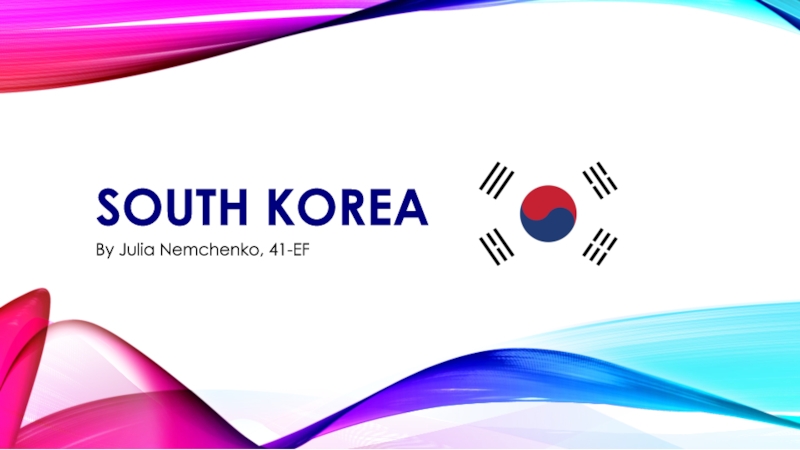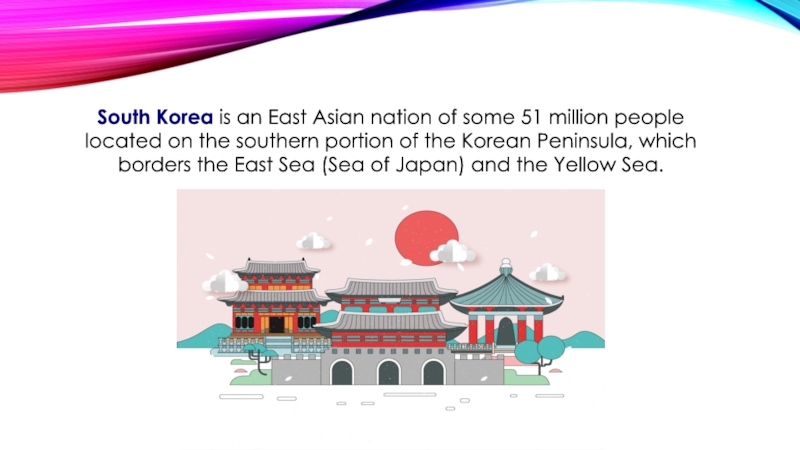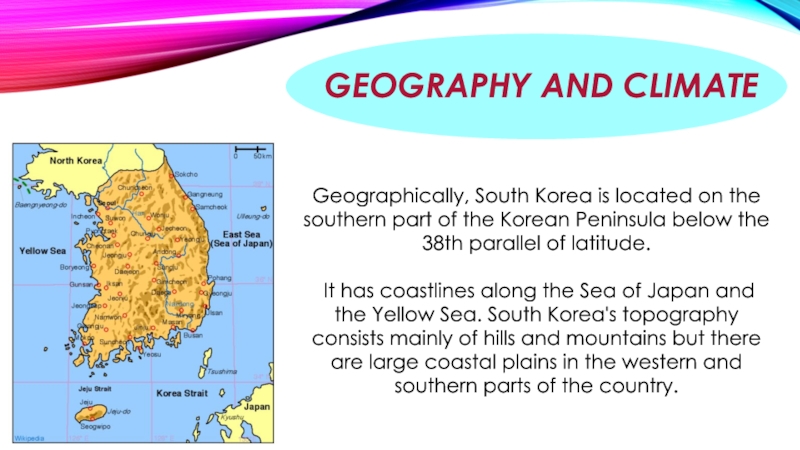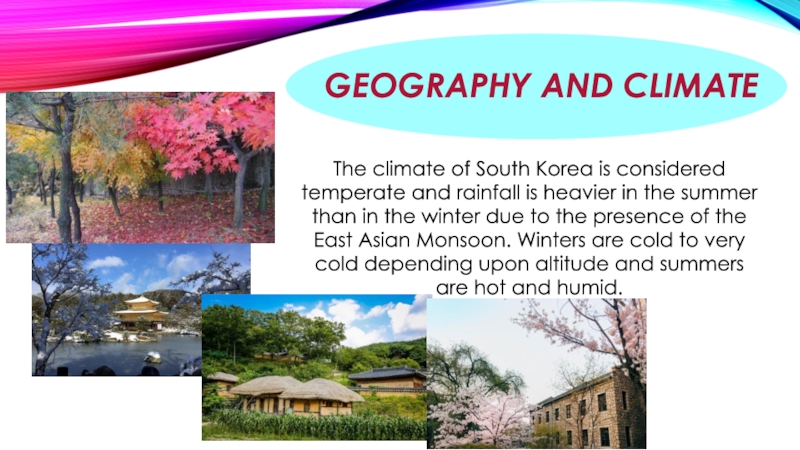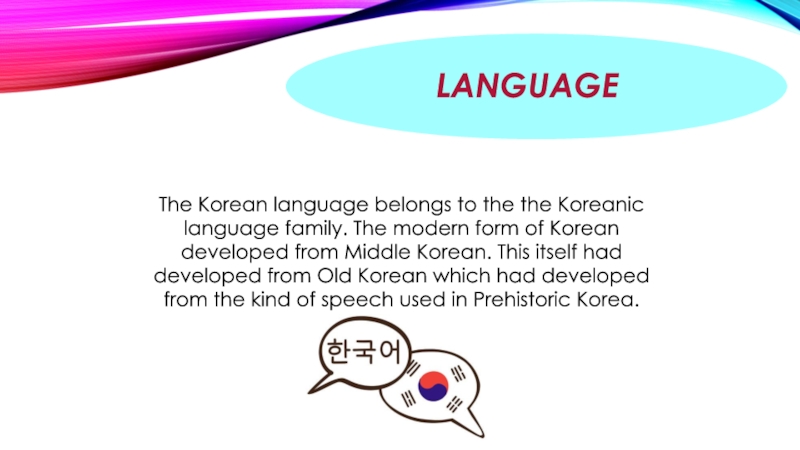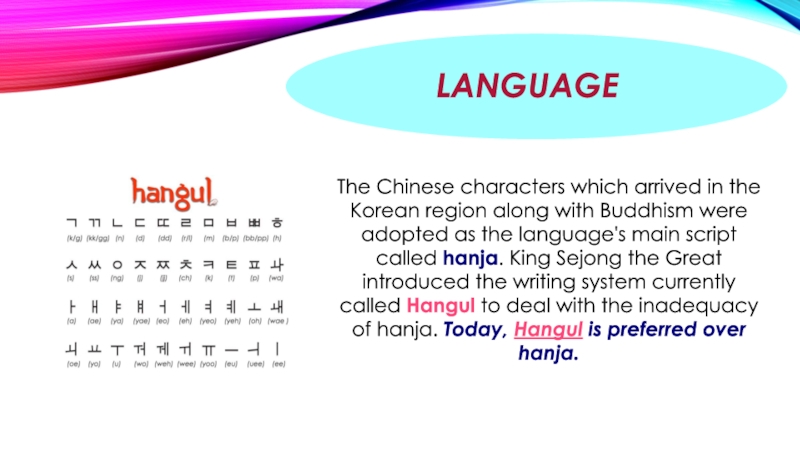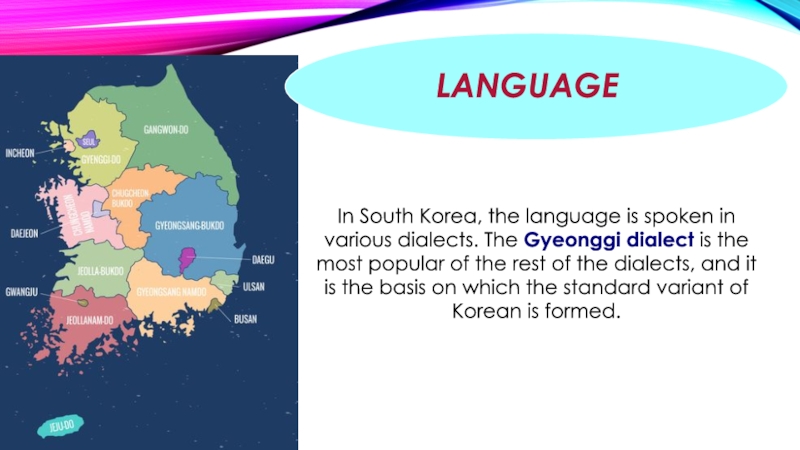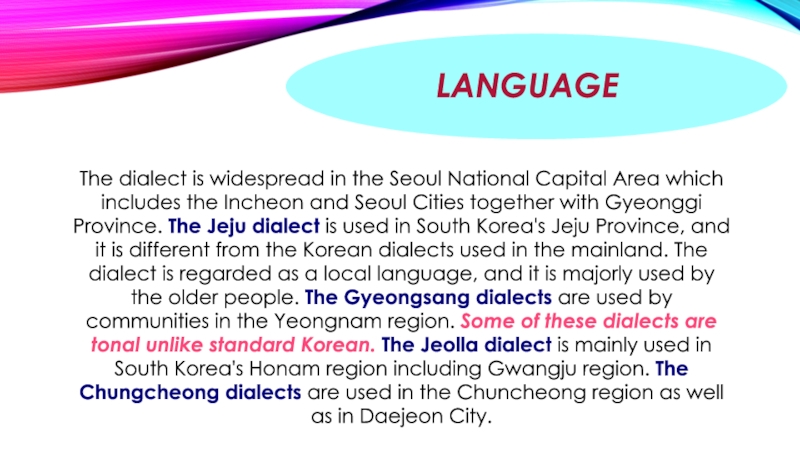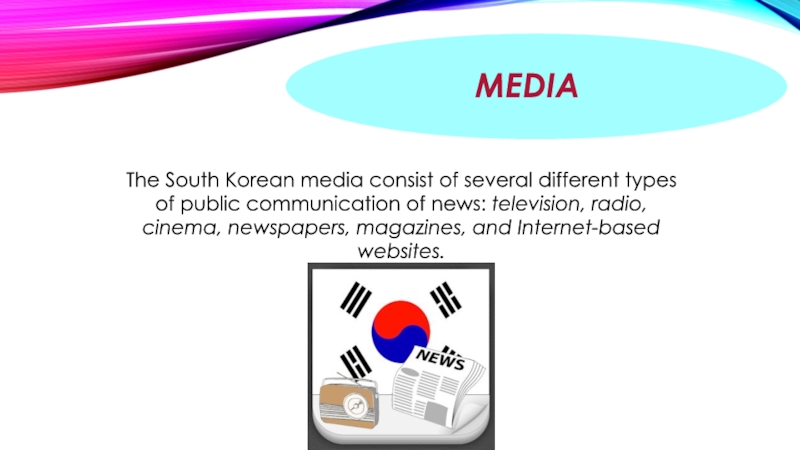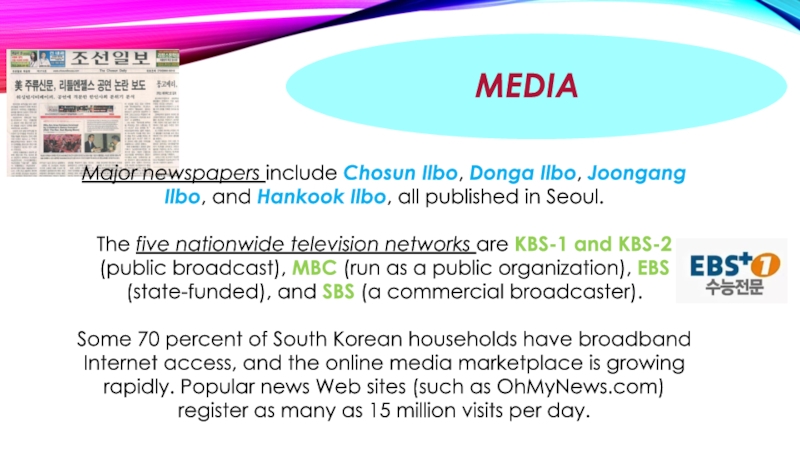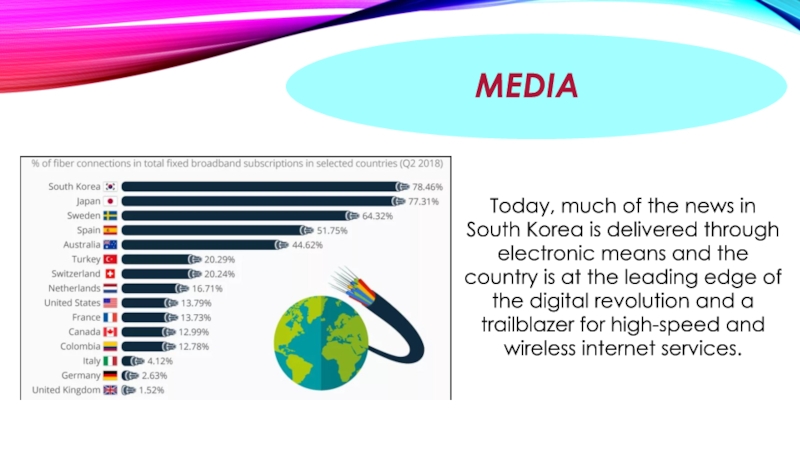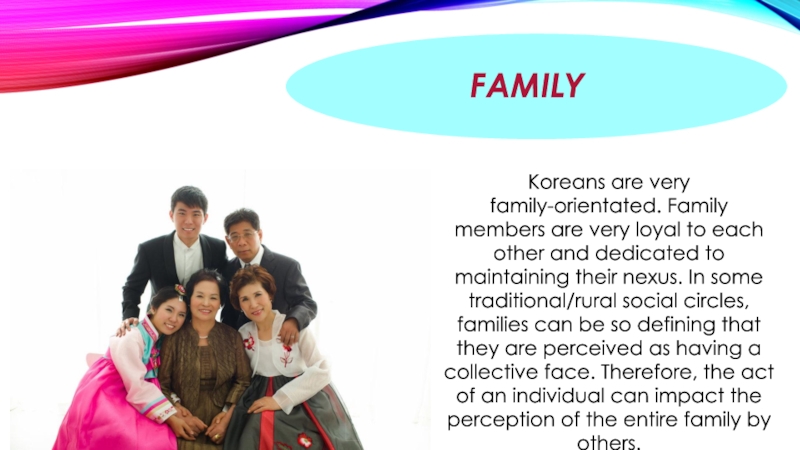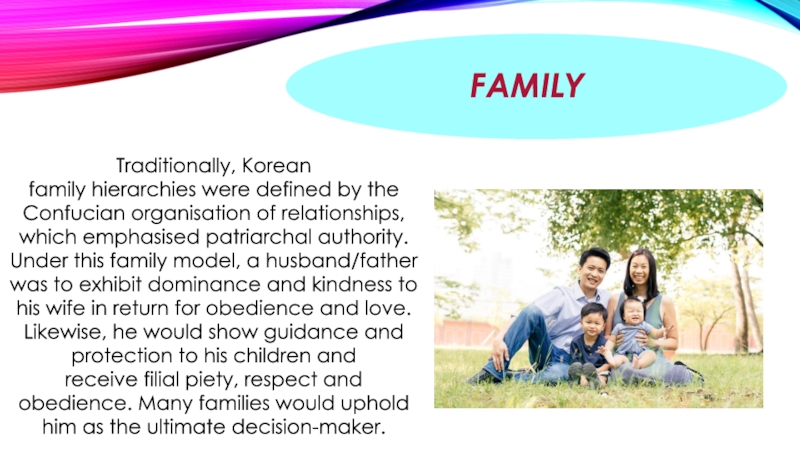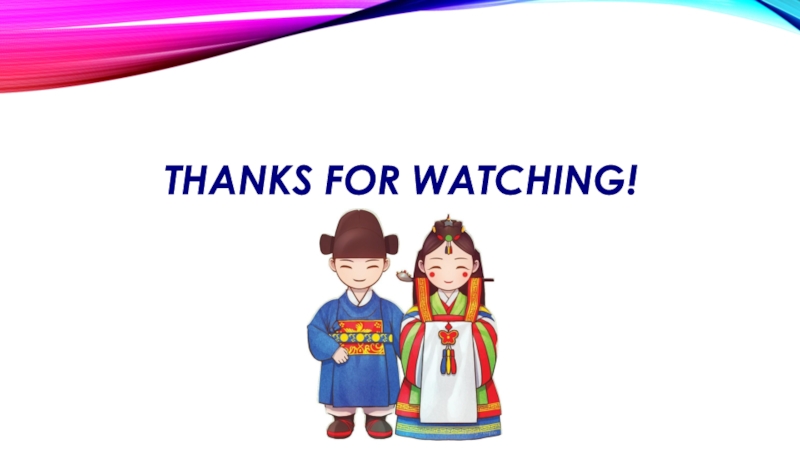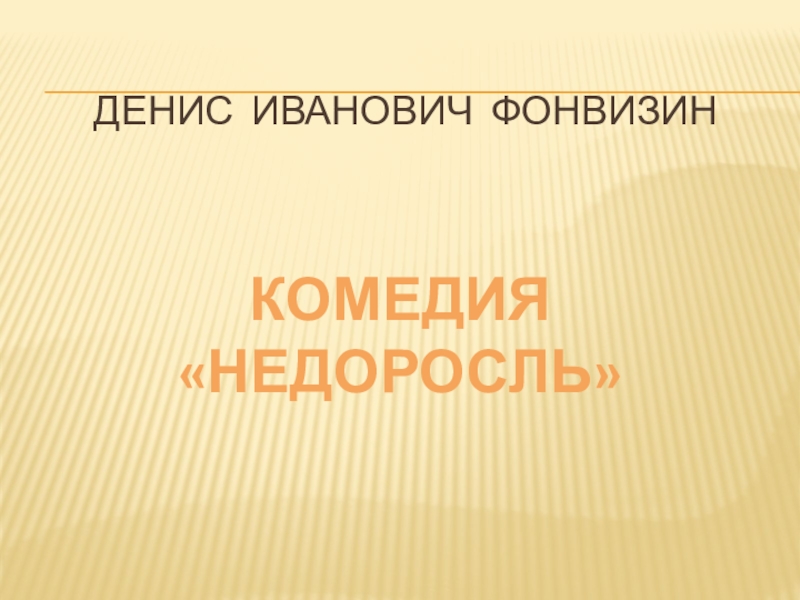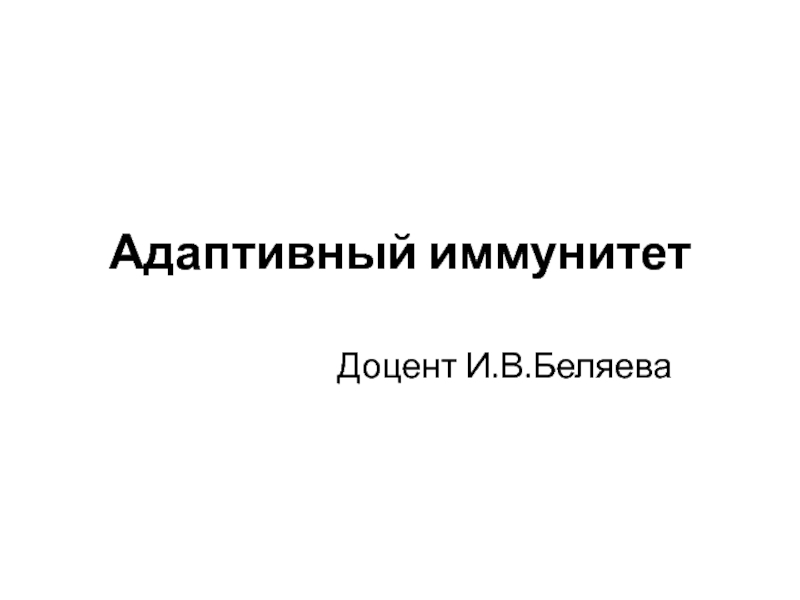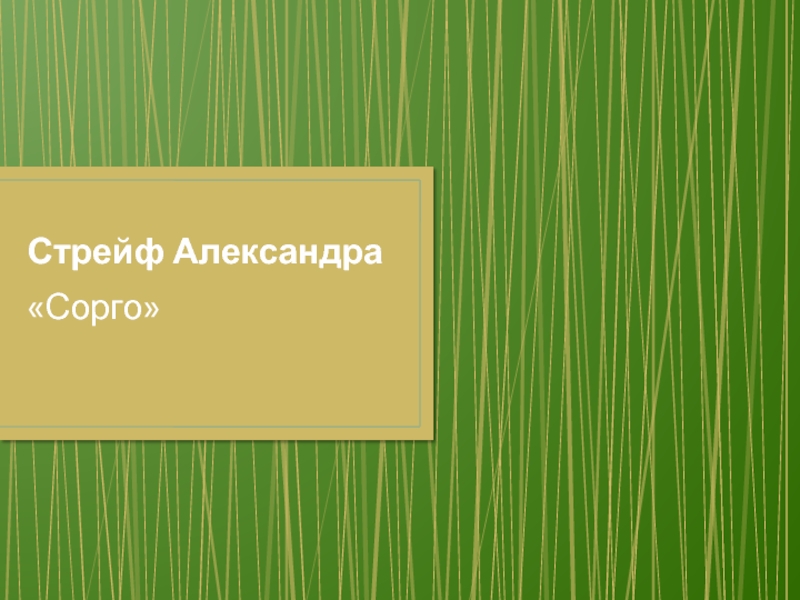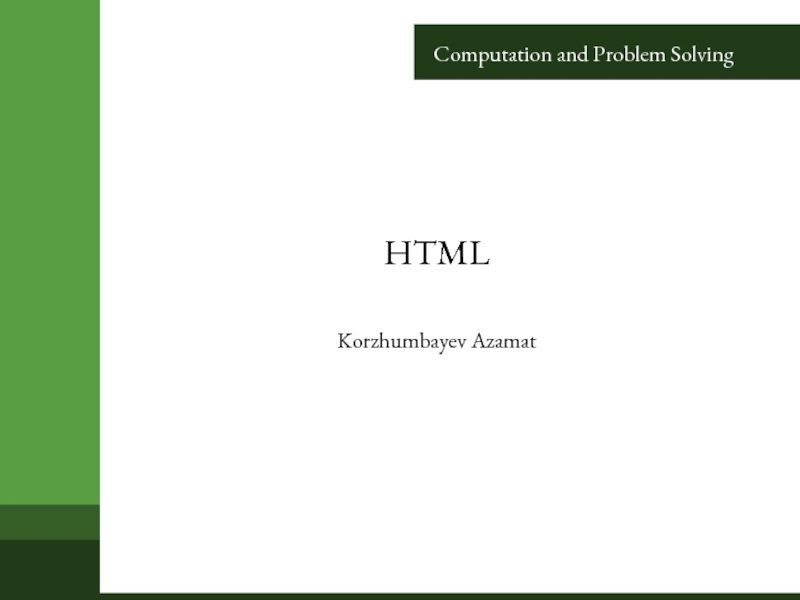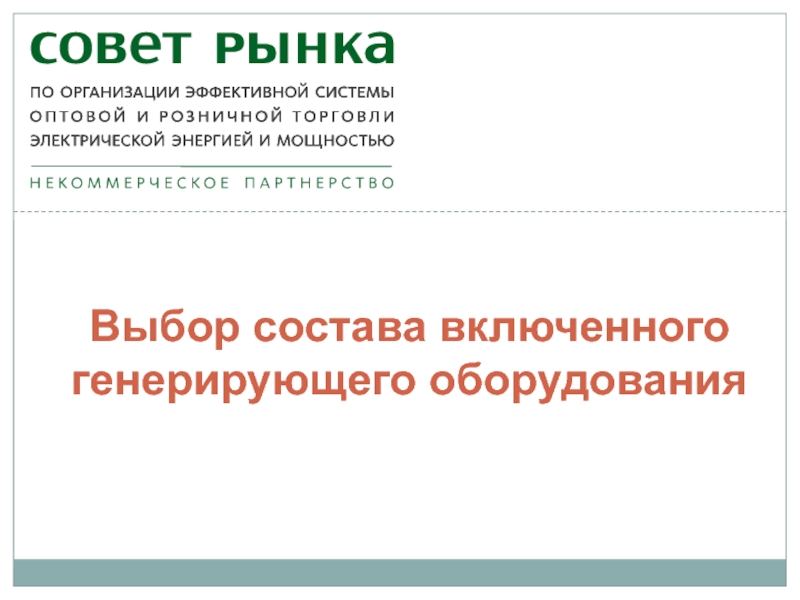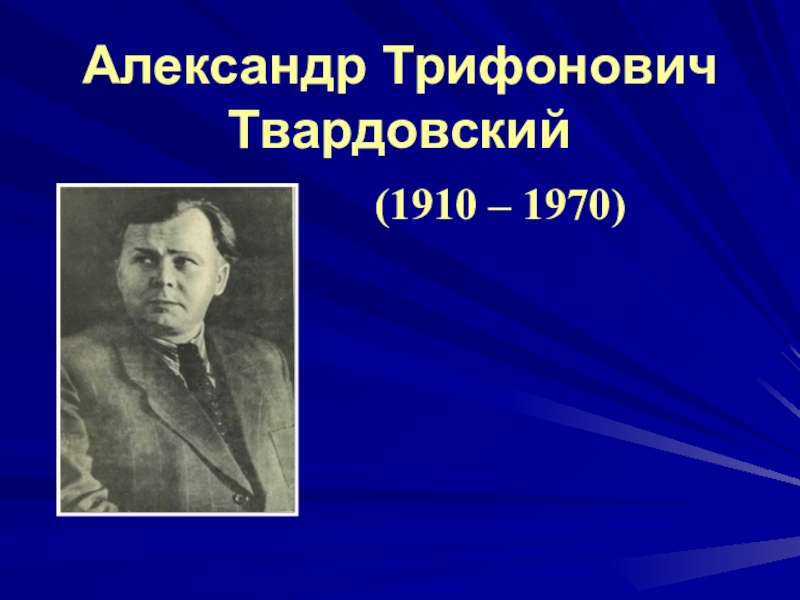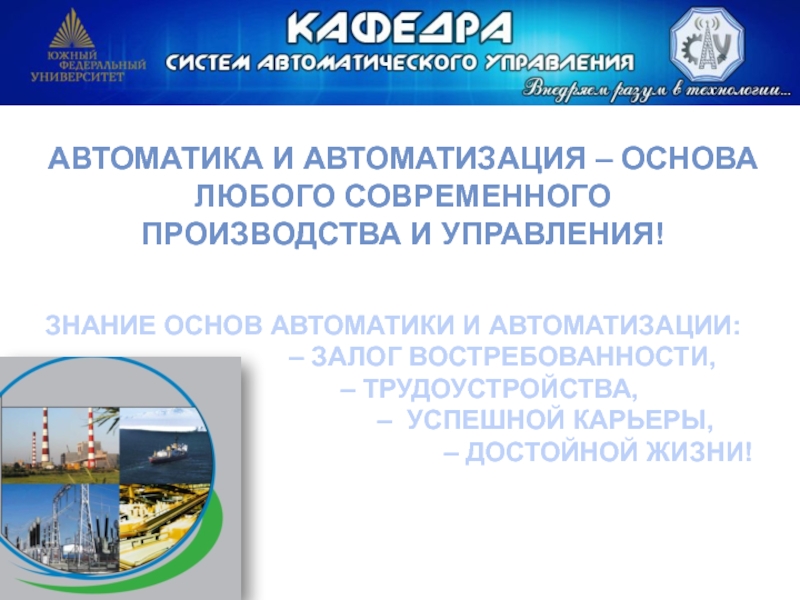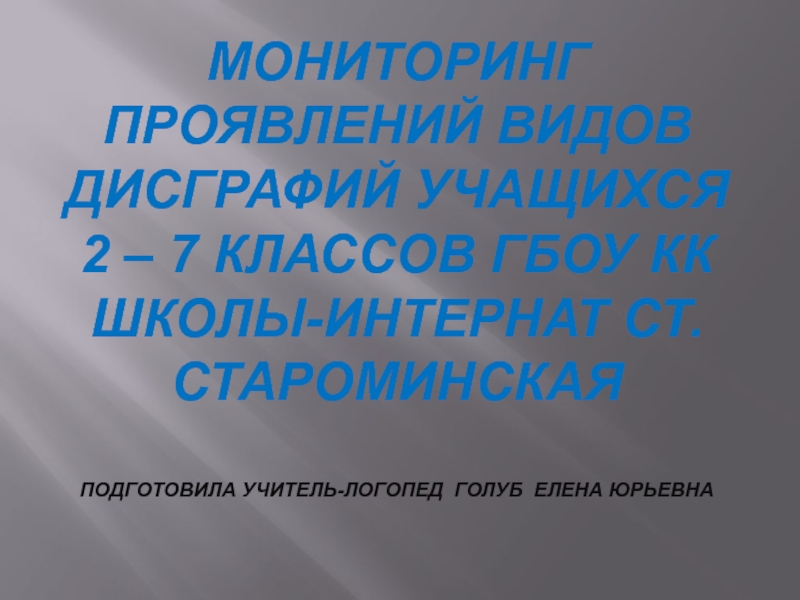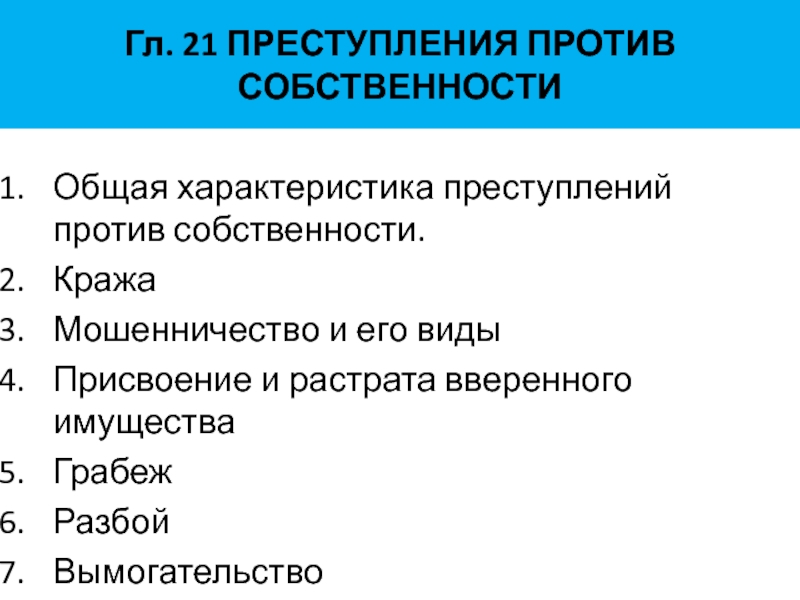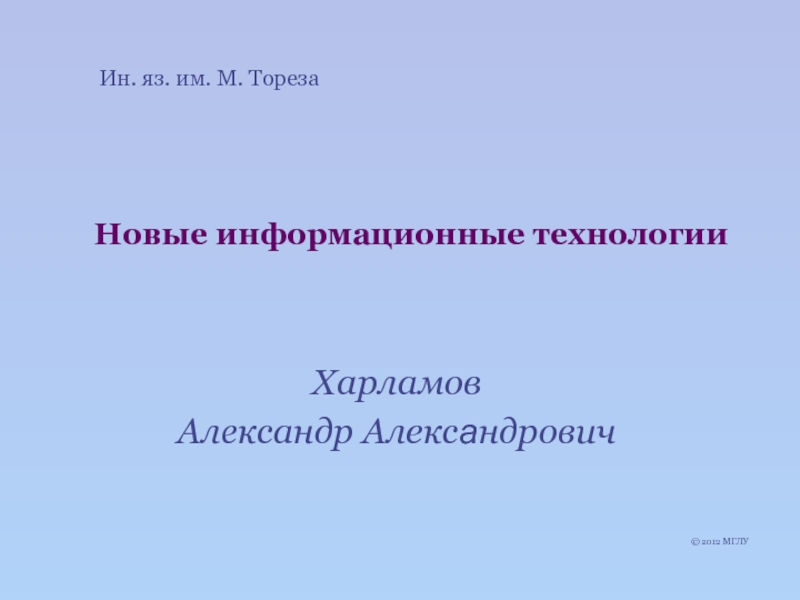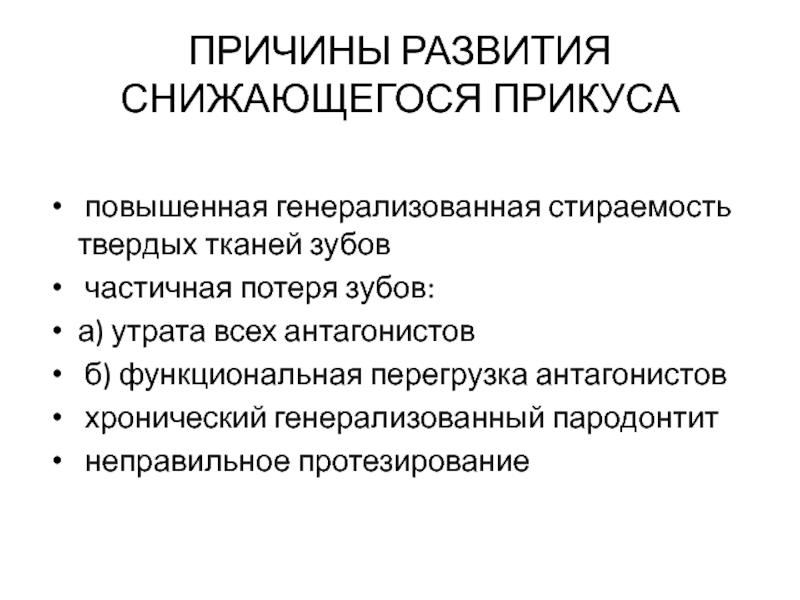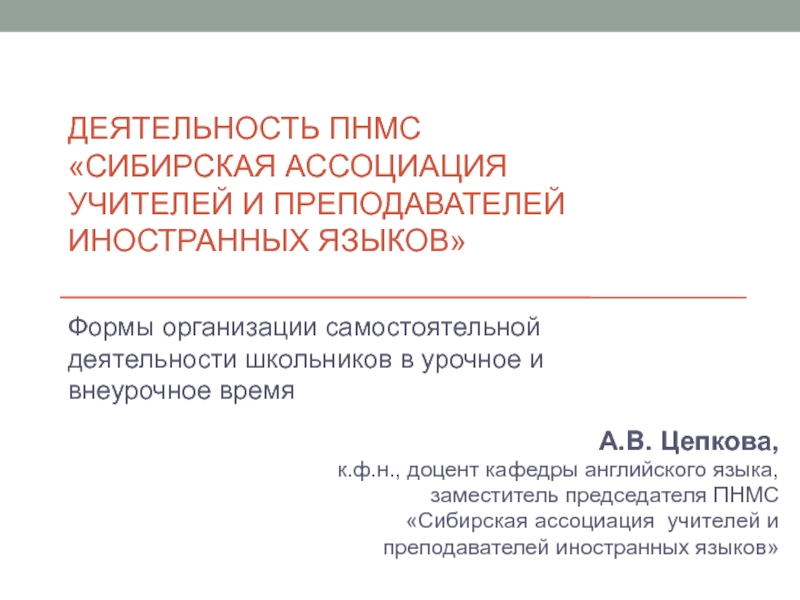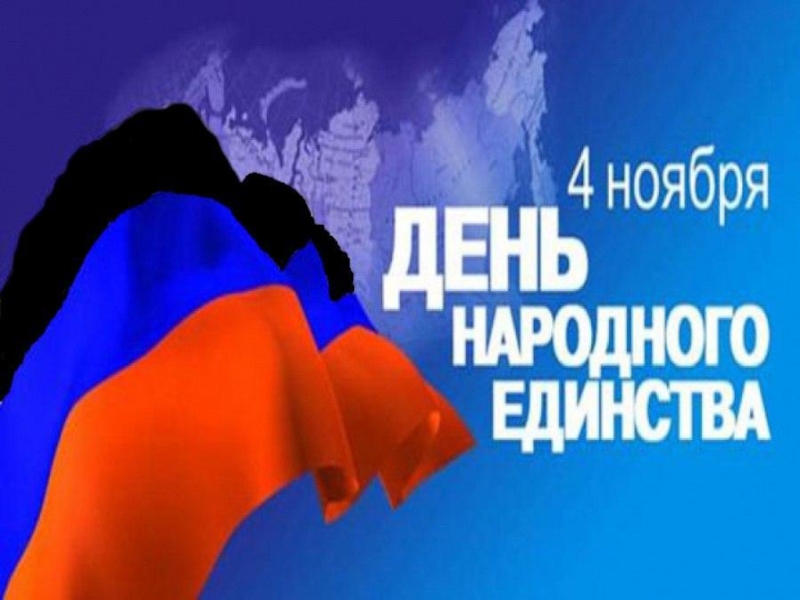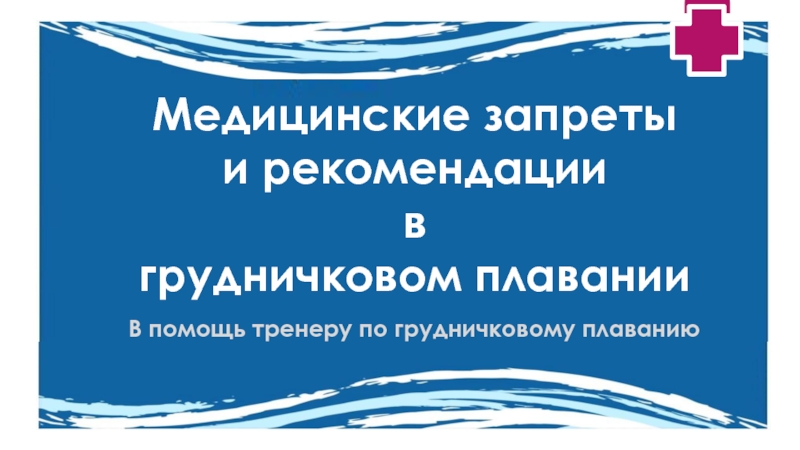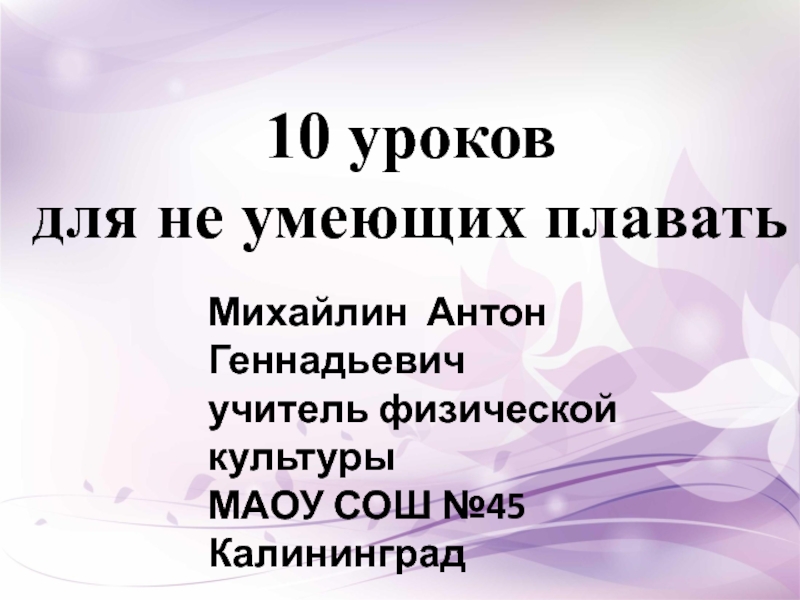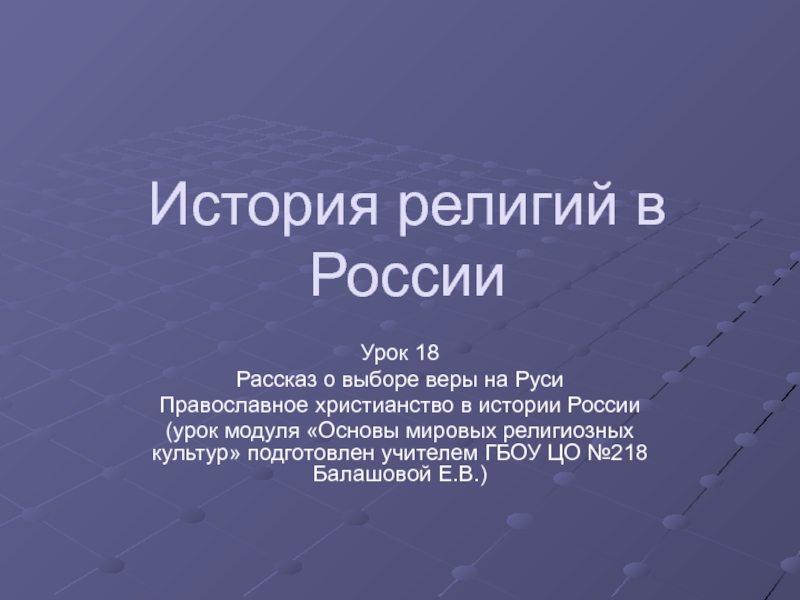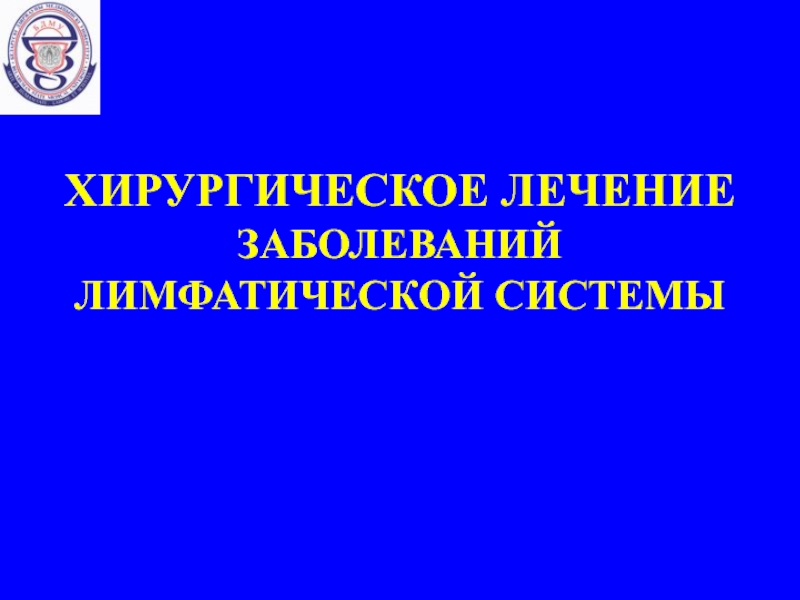Разделы презентаций
- Разное
- Английский язык
- Астрономия
- Алгебра
- Биология
- География
- Геометрия
- Детские презентации
- Информатика
- История
- Литература
- Математика
- Медицина
- Менеджмент
- Музыка
- МХК
- Немецкий язык
- ОБЖ
- Обществознание
- Окружающий мир
- Педагогика
- Русский язык
- Технология
- Физика
- Философия
- Химия
- Шаблоны, картинки для презентаций
- Экология
- Экономика
- Юриспруденция
South Korea
Содержание
- 1. South Korea
- 2. South Korea is an East Asian nation
- 3. Geography and ClimateGeographically, South Korea is located
- 4. Geography and ClimateThe highest point in South
- 5. Geography and ClimateThe climate of South Korea
- 6. ReligionReligions in South Korea are dominated by
- 7. LanguageThe Korean language belongs to the the
- 8. LanguageThe Chinese characters which arrived in the
- 9. LanguageIn South Korea, the language is spoken
- 10. LanguageThe dialect is widespread in the Seoul
- 11. Language! Video requires to have an Internet connection !
- 12. MediaThe South Korean media consist of several
- 13. MediaMajor newspapers include Chosun Ilbo, Donga Ilbo,
- 14. MediaToday, much of the news in South
- 15. FamilyKoreans are very family-orientated. Family members are
- 16. FamilyTraditionally, Korean family hierarchies were defined by the Confucian
- 17. FamilySome Koreans still adhere to traditional family
- 18. THANKS FOR WATCHING!
- 19. Скачать презентанцию
South Korea is an East Asian nation of some 51 million people located on the southern portion of the Korean Peninsula, which borders the East Sea (Sea of Japan) and the
Слайды и текст этой презентации
Слайд 3Geography and Climate
Geographically, South Korea is located on the southern
part of the Korean Peninsula below the 38th parallel of
latitude.It has coastlines along the Sea of Japan and the Yellow Sea. South Korea's topography consists mainly of hills and mountains but there are large coastal plains in the western and southern parts of the country.
Слайд 4Geography and Climate
The highest point in South Korea is Halla-san,
an extinct volcano, which rises to 6,398 feet (1,950 m).
It is located on South Korea's Jeju Island, which is located south of the mainland.
Слайд 5Geography and Climate
The climate of South Korea is considered temperate
and rainfall is heavier in the summer than in the
winter due to the presence of the East Asian Monsoon. Winters are cold to very cold depending upon altitude and summers are hot and humid.Слайд 6Religion
Religions in South Korea are dominated by both traditional Buddhist
faith and a large growing Christian population (Composed of Catholic
Christians and Protestants of various denominations). The practice of both of these faiths has been strongly influenced by the enduring legacies of Korean Confucianism, which was the official ideology of the 500-year-long Joseon Dynasty, and Korean shamanism, the native religion of the Korean Peninsula.Слайд 7Language
The Korean language belongs to the the Koreanic language family.
The modern form of Korean developed from Middle Korean. This
itself had developed from Old Korean which had developed from the kind of speech used in Prehistoric Korea.Слайд 8Language
The Chinese characters which arrived in the Korean region along
with Buddhism were adopted as the language's main script called
hanja. King Sejong the Great introduced the writing system currently called Hangul to deal with the inadequacy of hanja. Today, Hangul is preferred over hanja.Слайд 9Language
In South Korea, the language is spoken in various dialects.
The Gyeonggi dialect is the most popular of the rest
of the dialects, and it is the basis on which the standard variant of Korean is formed.Слайд 10Language
The dialect is widespread in the Seoul National Capital Area
which includes the Incheon and Seoul Cities together with Gyeonggi
Province. The Jeju dialect is used in South Korea's Jeju Province, and it is different from the Korean dialects used in the mainland. The dialect is regarded as a local language, and it is majorly used by the older people. The Gyeongsang dialects are used by communities in the Yeongnam region. Some of these dialects are tonal unlike standard Korean. The Jeolla dialect is mainly used in South Korea's Honam region including Gwangju region. The Chungcheong dialects are used in the Chuncheong region as well as in Daejeon City.Слайд 12Media
The South Korean media consist of several different types of
public communication of news: television, radio, cinema, newspapers, magazines, and
Internet-based websites.Слайд 13Media
Major newspapers include Chosun Ilbo, Donga Ilbo, Joongang Ilbo, and
Hankook Ilbo, all published in Seoul.
The five nationwide television
networks are KBS-1 and KBS-2 (public broadcast), MBC (run as a public organization), EBS (state-funded), and SBS (a commercial broadcaster). Some 70 percent of South Korean households have broadband Internet access, and the online media marketplace is growing rapidly. Popular news Web sites (such as OhMyNews.com) register as many as 15 million visits per day.
